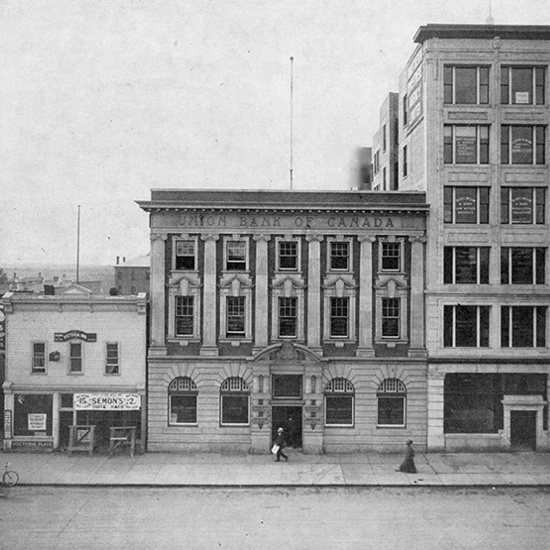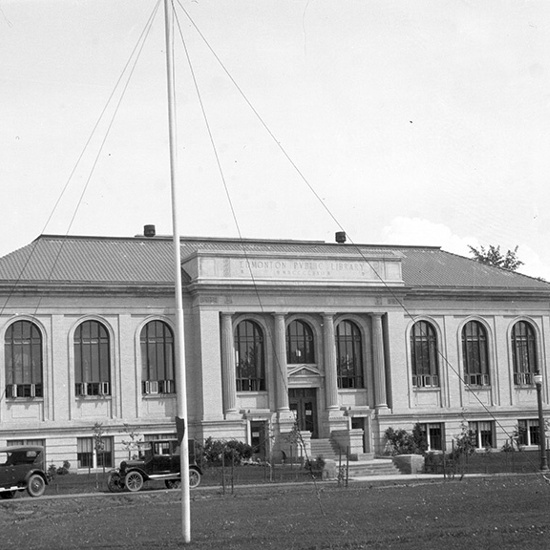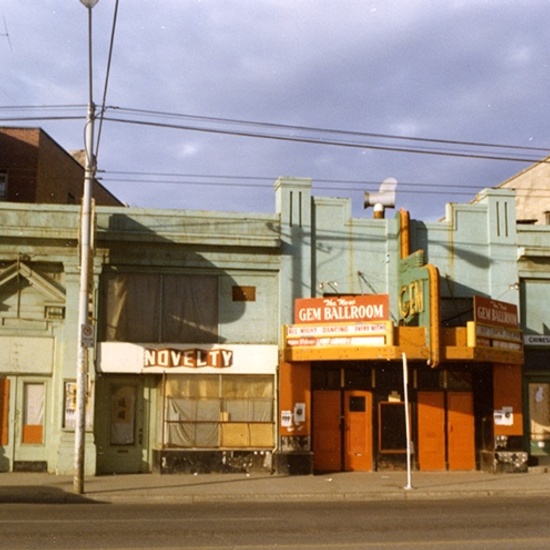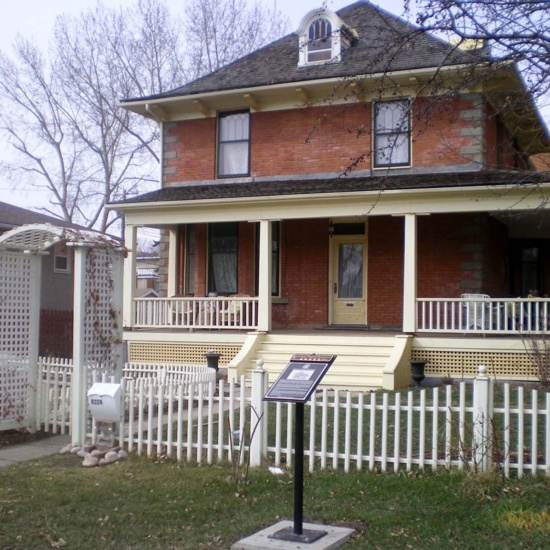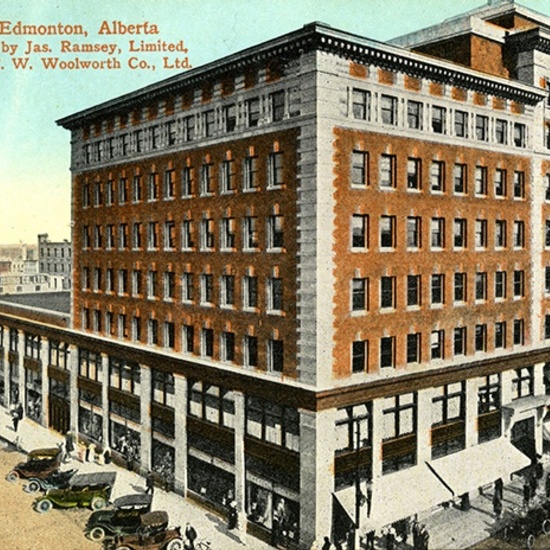Herbert Alton Magoon
“Their partnership, Magoon & MacDonald Architects, became synonymous with good design and attention to detail and, even in frontier times, they made sophisticated use of stylistic influences from eastern Canada, America and Europe.” Historian Lawrence Herzog
“Their partnership, Magoon & MacDonald Architects, became synonymous with good design and attention to detail and, even in frontier times, they made sophisticated use of stylistic influences from eastern Canada, America and Europe.” Historian Lawrence Herzog
Falconer & Magoon (1902-04)
H.A. Magoon (1905-06)
Magoon, Hopkins & James (1907)
H.A. Magoon (1907-1911)
Magoon & MacDonald (1912-1921)
MacDonald & Magoon (1922-1941)
Born in Warwick, Québec in 1863, Herbert Alton Magoon received a degree in architecture from the University of Chicago. He moved to Sydney, Nova Scotia in 1900 after being offered the position of Chief Architect to the Dominion Iron & Steel Company. One of his draughtsmen was the young George Heath MacDonald. Magoon opened a private office in Sydney with E.D. Falconer for a couple of years before moving to Edmonton in 1904 bringing MacDonald with him as draughtsman for his private practise. Magoon was a founding member of the Alberta Association of Architects in 1906, the same year he married Maude Beatrice Folliott. Together they had two children. While on his own, Magoon was responsible for designing a number of structures with lasting significance in Edmonton including Alberta College, Knox Presbyterian (later United) Church, McDougall Methodist Church, and St. Stephen’s Methodist College on the University Campus.
Magoon formed a short partnership with Edward Colis Hopkins and Percy Leonard James in 1907, but continued on his own after a year until officially bringing MacDonald in as a full partner in 1912. Percy Johnson, who studied the partnership of Magoon and MacDonald, noted that because Magoon’s training primarily included business skills and the engineering aspects of architecture rather than design, his role was consistently as supervising architect and office manager rather than as a partner responsible for the design process. In an unconventional move, the partners formalized MacDonald’s increased responsibilities in the firm by reversing the names of their business in 1922. The duo were well known for their admirable designs, especially for ecclesiastical, commercial and institutional commissions. They brought new and international design elements to create notable buildings in Edmonton including the Tegler Building where their business was located. Unfortunately, like the Tegler Building, the Edmonton Public Library on MacDonald Drive, the Buena Vista Apartments on 124 Street, and the Gem, Rialto, and Roxy theatres, many of their most loved pieces are gone. What the city has left are some of the more remarkable buildings built over the thirty years of the Magoon & MacDonald partnership. These include the Salvation Army Citadel, the Metals Building, H.V. Shaw Building, Alberta College, and the Edmonton General Hospital.
After designing over 300 projects in Edmonton Magoon retired in 1938. He died in Edmonton three years later.
Details
Full Name
Herbert Alton Magoon
Structures
Agency Building
Capitol Theatre
Edmonton Public Library
Gem Theatre
Margaret Martin Residence
St. Stephen's College
Tegler Building
Time Periods
Neighbourhoods
Architectural Styles
Classical Revival
Collegiate Gothic
Edwardian
Foursquare
Moderne
Character Defining Elements
Arched Windows, Balcony, Balustrade, Bay window, Boxed eaves, Brackets, Brick cladding, Brick structure, Carving, Columns, Cornice, Crenellated parapet, Dentil, Dripstone, Entablature, False Front, Flat roof, Frieze, Gable roof, Hipped roof, Intersecting hipped roof, Irregular footprint, Keystone, Marquee sign, Nailed frame structure, Painted signage, Parapet, Pendant, Pier or Pillar, Pilaster, Poured concrete structure, Proscenium, Pyramidal roof, Quoins, Rectangular footprint, Reinforced concrete structure, Round headed dormer, Skylight, Spandrel, Stepped parapet, Stone cladding, Stone structure, String course, Stucco cladding, T shape footprint, Three storeys or more, Turret, Two storeys, Veranda
